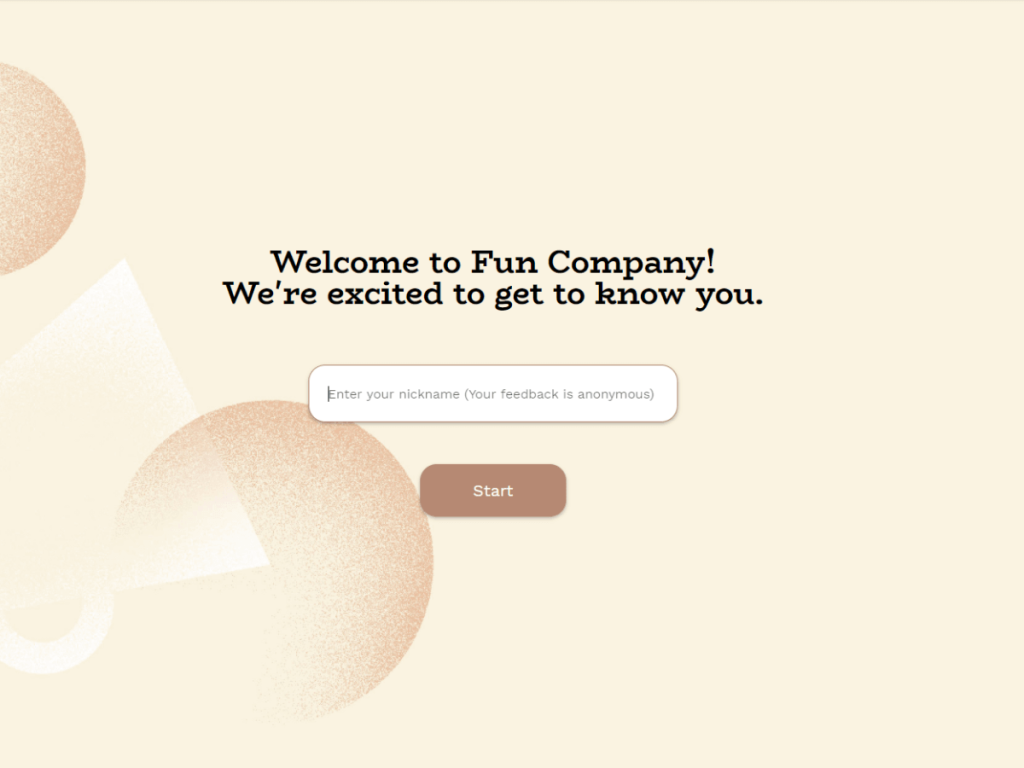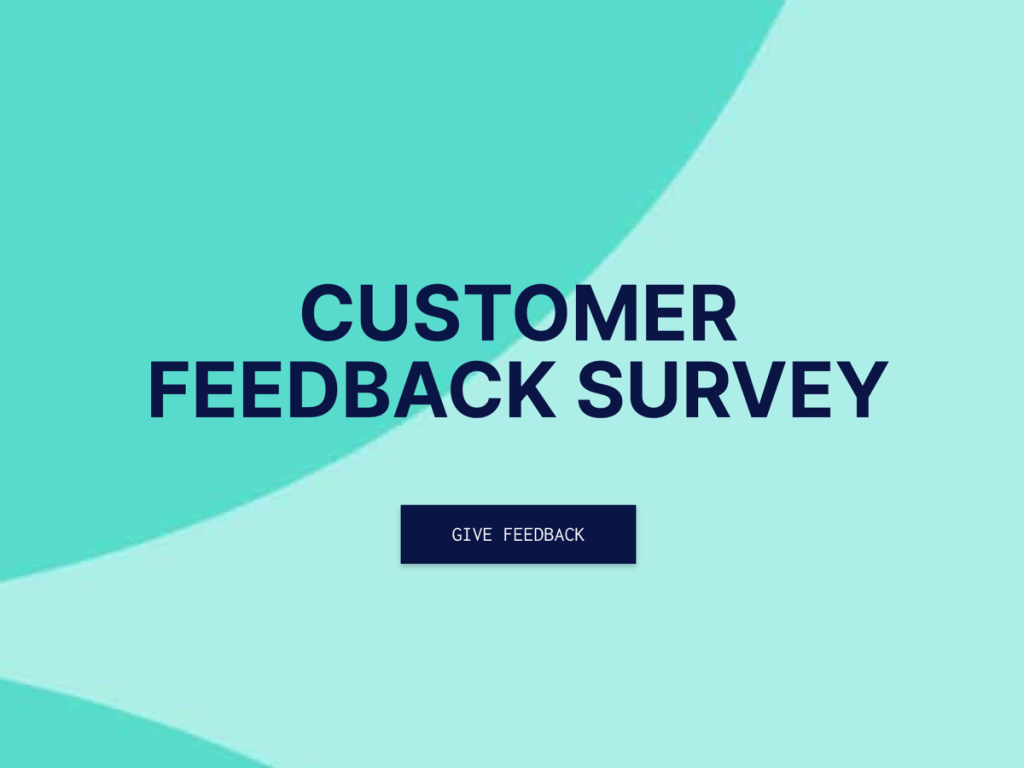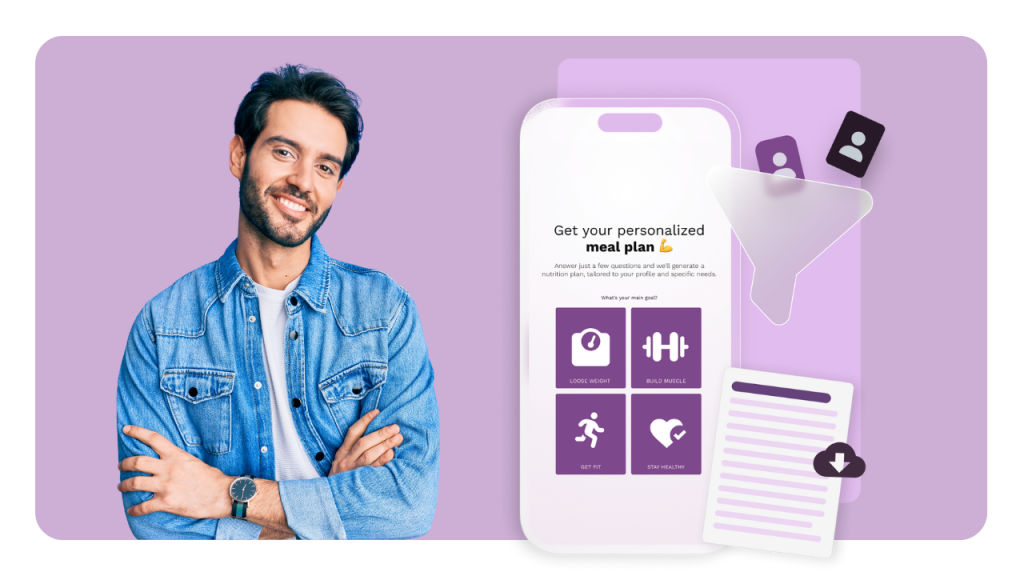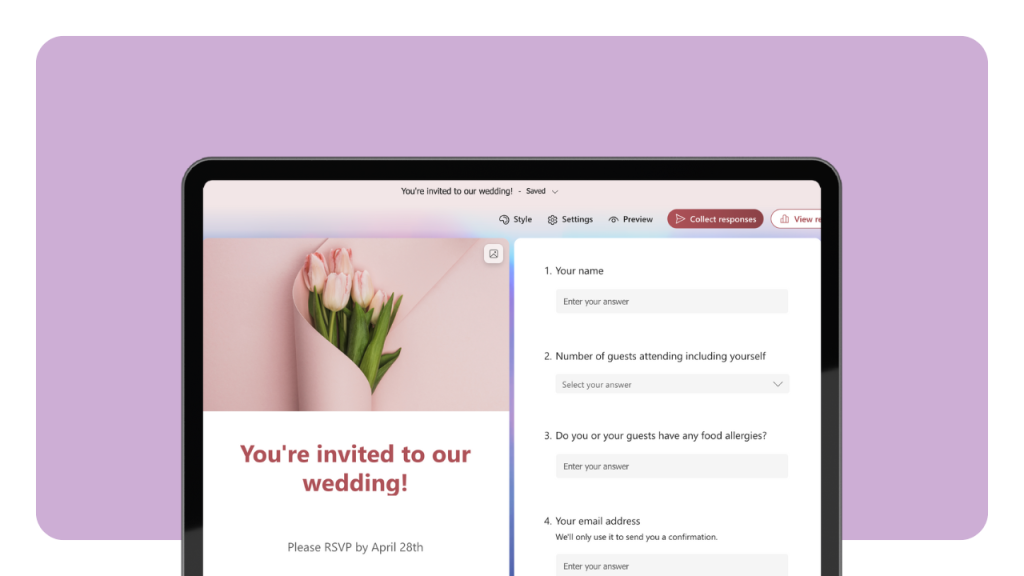All businesses conduct customer surveys periodically to gauge what they’re doing right and where they need to improve. Did you know that you can repurpose the data from these surveys into case studies that help convert hesitant leads into customers?
A well-crafted case study holds as much sway as a personal recommendation in driving conversions. Imagine one centered on meeting a client's needs, filled with positive feedback. A captivating long-form case study not only tells a story but also offers solutions tailored to your leads' needs. Many focus solely on headline numbers, overlooking the journey.
This guide helps craft comprehensive case studies that navigate the buyer's journey effectively.
Why Do I Need a Case Study?
Case studies based on client survey responses are a powerful tool to amplify a company’s lead generation and conversion rates. There are four distinct benefits to creating and using case studies as a marketing tool:
Identifying needs: A case study plays a crucial role in clarifying the challenges your leads face. It not only offers them a deeper understanding of their needs but also demonstrates how your product or service can address those needs. Case studies offer a snapshot of the value your company delivers.
Provide leads with an insight into your business: Crafting a case study provides your leads with a glimpse into your problem-solving approach. For example, if your unique selling proposition is exceptional customer service, a case study can reinforce this by showcasing client feedback.
Establish your domain authority: Case studies are a powerful marketing tool to establish your credibility and authority in your niche. Take a look at the snippet below of the case study page on Ninja Outreach’s website. The company provides outreach software for businesses to connect with bloggers and influencer marketers.
The company has created case studies for the needs of multiple customer personas. Each case study addresses the needs of a specific customer profile while highlighting the role of Ninja Outreach in meeting that need.
A Quick Way to Design Your Survey
You will base your case studies on data and detailed insights that you collect through customer surveys and interviews. These surveys will allow you to determine what your audience wants to see in your case studies.
To do this, you have to know the different survey question types. Most survey questions are grouped into quantitative and qualitative categories. Quantitative questions focus on “how many” or “how often”, while qualitative questions focus on “how did you feel”. Your survey should have a good mix of both question types.
Use this free AI tool to create online surveys with your website's branding:
Create your survey with AI
Just paste your URL & click generate
Craft a brief prompt, and involve.me's AI survey maker will generate a survey containing both open-ended questions and closed-ended questions. Sign up for a free account at involve.me to customize your survey's content structure and design as well as get a custom code to embed a survey into your website.
Here's the type of professionally-designed survey you can create and embed into your company's website:
3. How to Prepare Your Case Study
We’ve looked at the role case studies play in converting leads to clients, and we’ve looked at how to design surveys and interviews to gather data and insights for your case study. Let’s now look at the steps in creating a compelling case study as part of your overall business development strategy.
Clarity of Objective
The objective of creating a case study is to convert warm leads into paying customers. The best way to do this is to understand your target audience and their specific needs. Start by segmenting your lead audience into groups with homogenous needs.
Creating customer personas for each segment will make it easier. Each profile should represent a specific segment and the needs of people or companies that fall in that segment.
Define the Target Segment for Your Case Study
Once you have segmented your target audience using customer profiles, you need to select the segment or profile you will target by creating your case study. Next, you need to identify an existing customer or client in this segment to be the subject of your case study.
Keep in mind that a case study benefits both you and the client. The client being featured receives benefits like backlinks and visibility for their brand.
Select the Mediums
The next step in creating your case study is to select the medium you will select for sharing it. While written case studies are one way of repurposing your survey results, it is only one of the different available mediums you may use.
To identify the medium best suited for the story you’re creating, go back to your customer persona, and check how your leads consume content. Do they prefer “how-to” videos on YouTube, or do they prefer reading case studies rich with infographics? Align how you deliver content with audience preferences.
Crafting Your Case Study Story
One common rule of thumb in copywriting is that the higher the price of the product you’re selling, the more you’ll need to explain why your product or service is what they need. You’ll need long-form copy to educate, explain, show, and convince the prospect.
Designing a case study as a story enables you to tap into the emotional triggers of your audience. Another side benefit is that they are good at keyword targeting and can help with your SEO performance.
Here are some tips to help you convert your case study into a powerful story:
Make the Client the Hero
Everyone wants to be a winner. You can use this to your advantage by making your client the hero of your story. It’s about their victory (using your product/service, of course) and not directly about your product.
Make the Story Engaging
This means writing in a conversational style while including the insights gained by the client and well-placed anecdotes from the client’s journey.
Provide Proof
Make sure your piece of content is supported by hard data, including screenshots, infographics, and pictures where necessary, to substantiate all numbers and claims.
Once you’ve written the case study, you need to define the headline numbers, decide where and how to place your clients’ insights, and add a call to action button at the end.
Using Case Studies As a Marketing Tool
You can also link the case study to your sales funnel to increase your conversion rate. Sales funnels represent the journey from leads to customers, from awareness to conversion. This is what a typical sales funnel looks like:
Each stage of the funnel represents a milestone on the customer journey, and each stage requires its unique content to nurture the lead to the next stage. That is precisely what your case study is doing. Let’s look at three ways to align your case study with your sales funnel.
1. Showcase It on Your Website
Case studies should be easily accessible on your website, preferably as a separate section in your main navigation header. It helps the visitors learn more about your brand, create awareness and assist in moving them down the sales funnel. Identify critical quotes in the case studies, work with your creative team to touch them up a bit, and post them on your website along with a link to the case study page. You can also link to your case studies from landing pages.
2. Link Your Case Study in Your Email Outreach Campaigns
Cold emails help in generating leads and getting conversions. It’s common for businesses to cold pitch to leads with relevant needs but little knowledge about how your business can satisfy those needs. By adding excerpts from your case studies to your outreach emails, you create an opportunity to generate traffic to your website.
Freelancer education website nuSchool, for example, features testimonials and case studies from former students. The website’s promotional emails link back to case studies that give potential students a glimpse into the program’s benefits.
3. Use the Case Study in Your Sales Pitches
Creating your case study will give you insights into your clients’ pain points and the benefits they received from your product or service. By sharing this information with your sales team, you empower them with talking points when making a customer pitch.
This is of particular importance in B2B sales. You can use the case study during a sales meeting with a prospective client, either as part of the presentation or as a printed copy they can leaf through during and after the meeting.
Create A Case Study + Free Survey Templates
According to a report by Nielsen, online customer reviews are the second most trusted source of brand recommendation, and case studies, in essence, are strong peer recommendations from a B2B selling perspective.
Creating a case study lends credence and niche authority to your business. Your prospective clients are more likely to believe the words of your existing clients than the marketing copy put out by the brand.
The best case studies are based on stories around the success of your clients. Use the points discussed above to give your case studies an X-factor that will amplify conversions.











